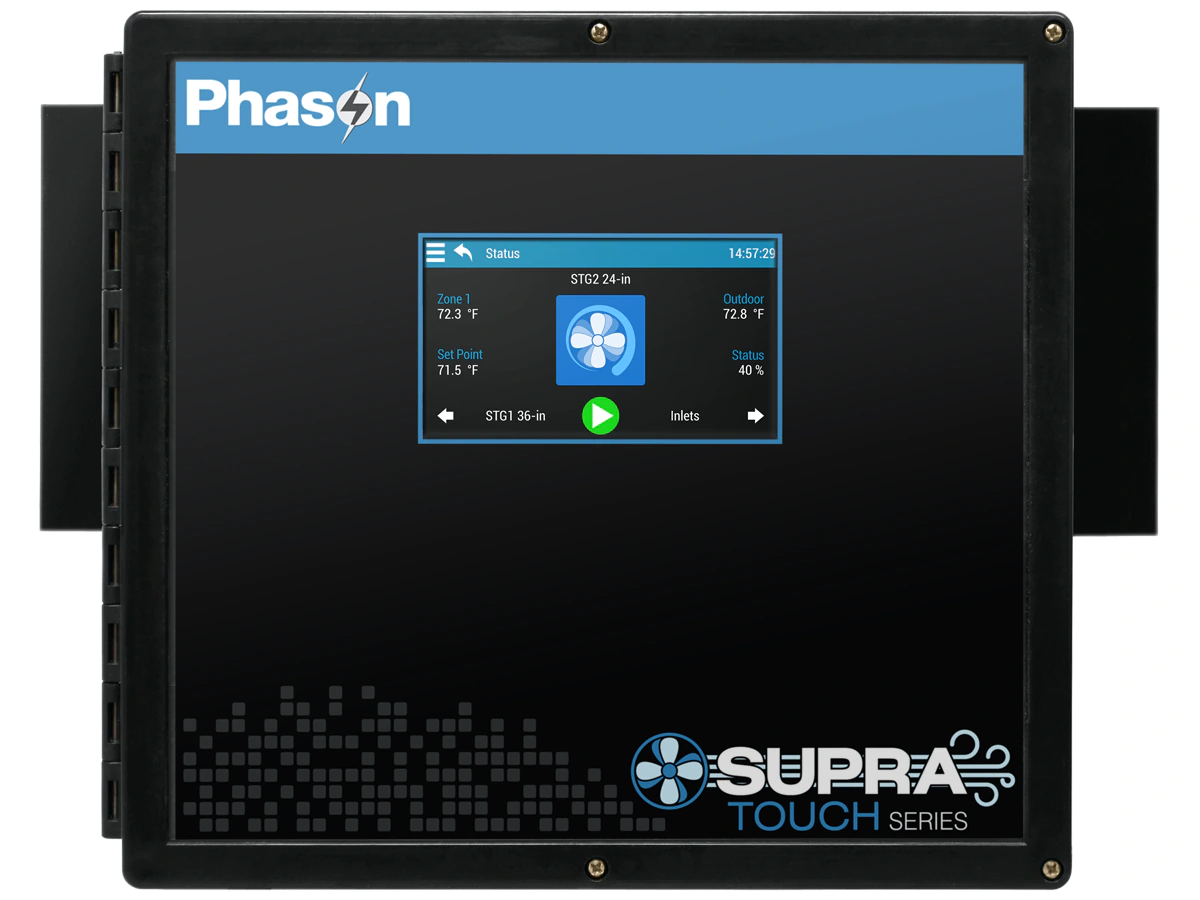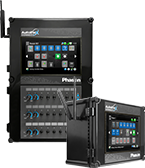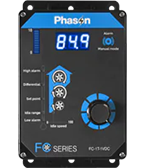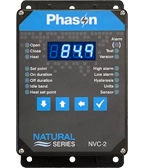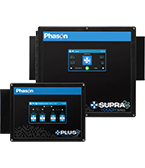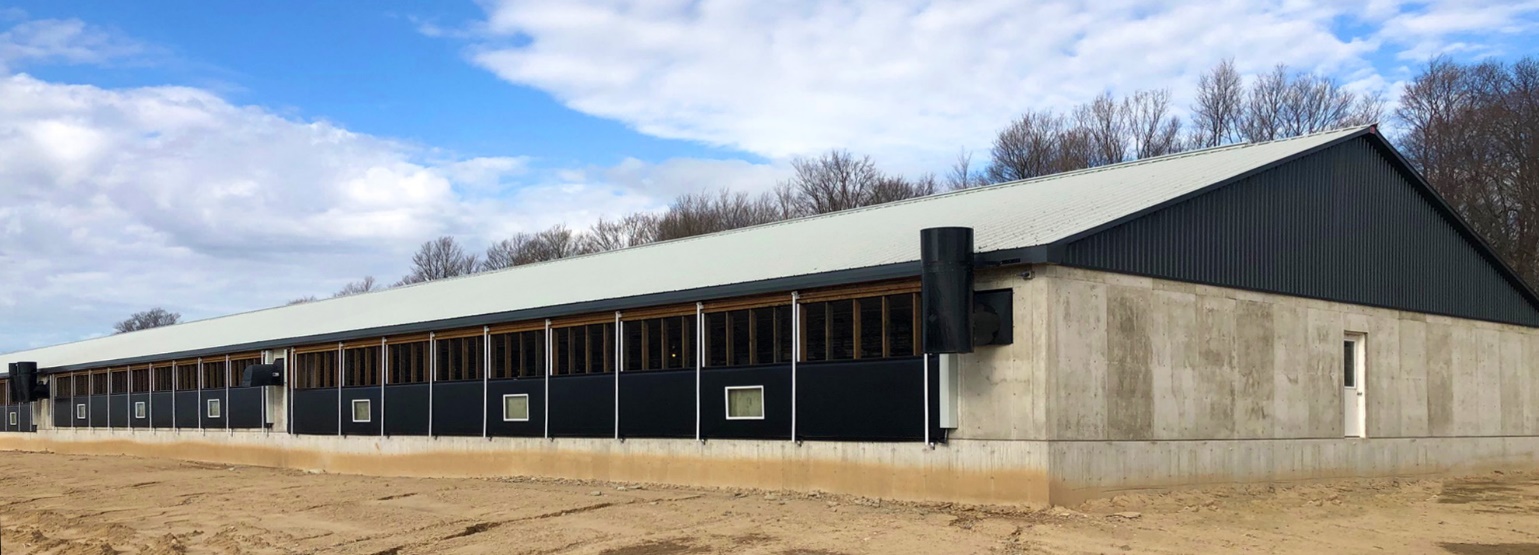
Ventilation is critical to the health and production of animals in modern farming operations. Livestock producers are continuously looking for efficient and cost-effective ways to keep their barns in optimal environmental condition. Dual ventilation systems, also called hybrid ventilation systems, are a potential strategy that combines the advantages of both natural and mechanical ventilation. We will look at the benefits of dual ventilation for livestock barns and compare it to traditional mechanical and natural ventilation methods.
Introduction to dual ventilation
The intent of a dual ventilation system is to combine the strengths of both natural and mechanical ventilation approaches, allowing for accurate temperature, air quality, and humidity management while increasing energy efficiency. Natural ventilation can be used to reduce energy usage during moderate weather, while mechanical ventilation can be used to maintain the optimum conditions during extreme weather. To ensure that optimal conditions are consistently met, the system can be automated and controlled by sensors and electronic controllers. By combining the two types of ventilation and taking the best of both results in a very efficient barn that performs admirably.
How dual ventilation works
In warm weather, the side wall panels are left open and the barn functions exactly like a naturally ventilated barn. Summer operation does not always require the use of fans, but in extreme heat or low wind conditions, exhaust fans (chimney fans, wall fans, or a combination of both) can be used to boost airflow.
In cold weather, the side wall openings are closed and exhaust blowers are turned on to keep ventilation rates to a minimum. The air inlets that lead from the attic plenum bring fresh air into the barn.
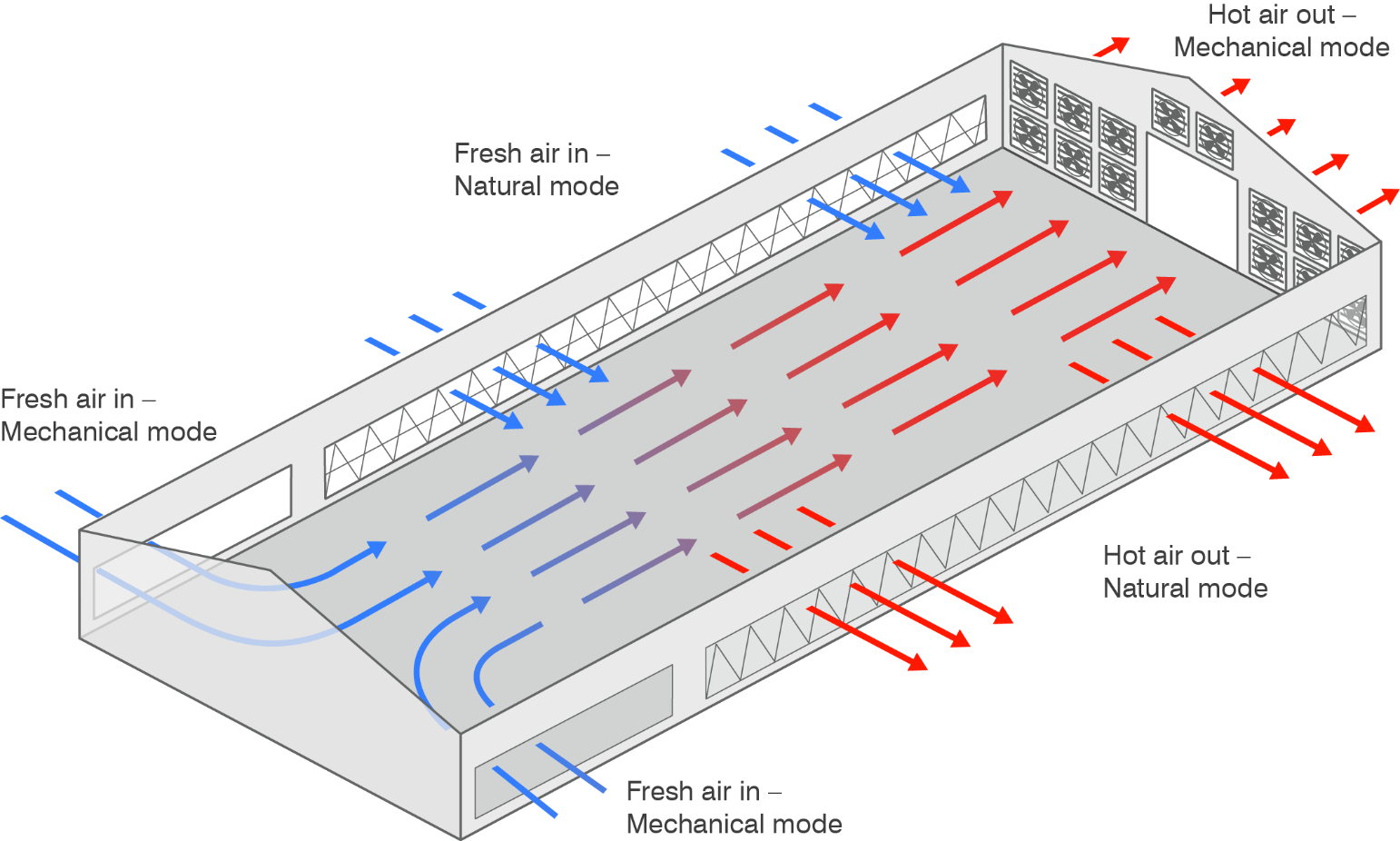
Uses
| Industry | Applications | Suitability for use |
|---|---|---|
| Dairy | All | Rarely |
| Poultry | Broiler chicken, layers, turkey grower | Sometimes |
| Swine | Finisher and gestation | Common |
Advantages
Dual ventilation in livestock barns has several advantages, including enhanced animal health, faster growth rates, energy savings, and a lower environmental effect. Livestock producers can provide a comfortable and healthy environment for their animals while maximizing their farming operations by strategically using both natural and mechanical ventilation systems.
Dual ventilation allows for greater adaptability to changing environmental conditions. This keeps animals comfortable and reduces stress, which is important for their overall health and productivity.
While mechanical ventilation can offer precise temperature control, it consumes more energy and costs more to operate. Natural ventilation is cost-effective but has limited temperature control. Dual ventilation combines the strengths of both, offering precise control with energy efficiency.
Considerations
A more sophisticated controller is required for dual ventilation systems. The controller will automatically increase or decrease the speed of variable speed exhaust fans, or switch fixed speed fans on or off as required. Depending on the size of the room or building, the fans may be operated in more than one stage to give a smooth increase or decrease in ventilation rate. The controller must operate all equipment to function to its full ability.
When there is a change in exhaust rate because of increased or decreased fan speed, the fresh air intakes open or close to deliver an equal volume of fresh air and to balance out what the fans exhaust. When the desired temperature is reached in the room, the system will switch from mechanical to natural ventilation and begin to open the sidewalls as needed.
Conclusion
Combining the capabilities of natural and mechanical ventilation approaches, dual ventilation systems provide a potent option for livestock barns. This integrated method maximizes energy savings while providing accurate temperature control, great air quality, and improved overall management.
It responds to changing ambient circumstances, providing livestock with a pleasant and stress-free environment. Dual ventilation reduces the disadvantages of individual systems while keeping their advantages, resulting in an efficient and cost-effective option for producers.
This smart system is programmed to change fan speeds and manage fresh air intake, effortlessly switching between natural and mechanical ventilation as needed, supporting swine health and growth while lowering energy usage and environmental impact.
Phason’s AutoFlex Connect and Supra Touch are excellent choices for controlling dual ventilation systems. Both controls can control variable and fixed-stage fans, inlets and vents, curtain machines, and much more.

